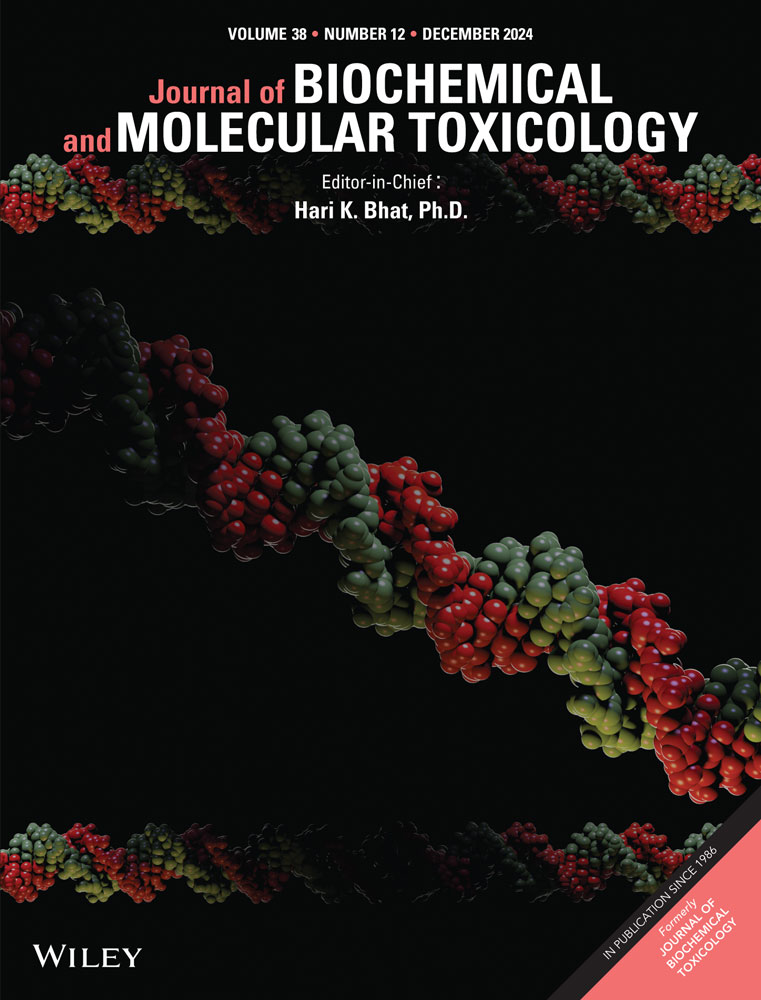Linagliptin Mitigates DMH-Induced Colorectal Cancer in Rats: Crosstalk Between NFAT and IL-6/JAK2/STAT3/NF-κB Signaling Hubs
Abstract
Colorectal cancer (CRC) is a multicomponent disease and the second most frequent root of cancer-related deaths globally. Linagliptin is a dipeptidyl peptidase-4 (DPP-4) inhibitor. It has been repurposed in recent experimental studies due to its marked anti-inflammatory activities. This study aimed to evaluate the ameliorative role of linagliptin in 1,2-dimethylhydrazine (DMH)-induced CRC via modulation of NFAT-mediated IL-6 and JAK2/STAT3/NF-κB signaling pathways. CRC model has been successfully established via a dose equal 40 mg/kg two times a week of DMH for 8-week duration. Twenty-four Wistar rats were segregated into three groups of eight rats each; normal control, DMH-induced CRC and DMH + linagliptin (10 mg/kg; p.o). Linagliptin attenuated DMH-induced oxidative stress by restoring the declined levels of some antioxidant enzymes. Linagliptin suppressed the elevated nuclear factor kappa B (NF-κB) induced by DMH which is highlighted using immunohistochemistry analysis. The anti-inflammatory role of linagliptin has been fortified by the decline in nuclear factor of activated T-cells (NFAT) mRNA expression level along with the reduction in vascular endothelial growth factor (VEGF), interlukin-6 (IL-6) and cyclooxygenase-2 (COX-2) levels. Linagliptin mitigate the protein expression of DMH-activated oncogenic janus-activated kinase/signal transducers and activators of transcription (JAK2/STAT3). Linagliptin exerted a proapoptotic effect to tumor cells manifested by a remarkable decline in B-cell lymphoma 2 (Bcl-2) and a significant elevation in Bcl-2-associated X protein (Bax) expression levels. The histopathological analysis revealed that linagliptin has inhibitory potential against the DMH induced dysplastic aberrant crypt foci (ACF) and adenocarcinoma. Linagliptin ameliorated CRC by modulating NFAT-mediated IL-6 with JAK2/STAT3/NF-κB signaling cascades.


 求助内容:
求助内容: 应助结果提醒方式:
应助结果提醒方式:


